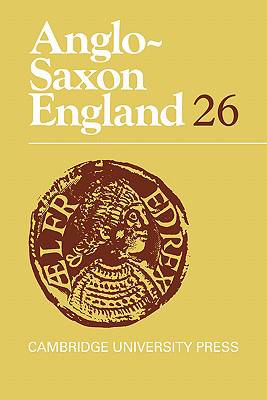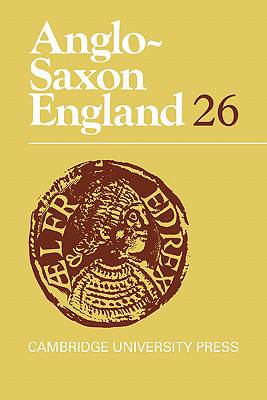
Je cadeautjes zeker op tijd in huis hebben voor de feestdagen? Kom langs in onze winkels en vind het perfecte geschenk!
- Afhalen na 1 uur in een winkel met voorraad
- Gratis thuislevering in België vanaf € 30
- Ruim aanbod met 7 miljoen producten
Je cadeautjes zeker op tijd in huis hebben voor de feestdagen? Kom langs in onze winkels en vind het perfecte geschenk!
- Afhalen na 1 uur in een winkel met voorraad
- Gratis thuislevering in België vanaf € 30
- Ruim aanbod met 7 miljoen producten
Zoeken
Omschrijving
In the present volume, the two essays that frame the book provide exciting insight into the mental world of the Anglo-Saxons by showing on the one hand how they understood the processes of reading and assimilating knowledge and, on the other, how they conceived of time and the passage of the seasons. In the field of art history, two essays treat two of the best-known Anglo-Saxon manuscripts. The lavish symbol pages in the 'Book of Durrow' are shown to reflect a programmatic exposition of the meaning of Easter, and a posthumous essay by a distinguished art historian shows how the Anglo-Saxon illustrations added to the 'Galba Psalter' are best to be understood in the context of the programme of learning instituted by King Alfred. The usual comprehensive bibliography of the previous year's publications in all branches of Anglo-Saxon studies rounds off the book.
Specificaties
Betrokkenen
- Uitgeverij:
Inhoud
- Aantal bladzijden:
- 340
- Taal:
- Engels
- Reeks:
Eigenschappen
- Productcode (EAN):
- 9780521038515
- Verschijningsdatum:
- 11/10/2007
- Uitvoering:
- Paperback
- Formaat:
- Trade paperback (VS)
- Afmetingen:
- 152 mm x 229 mm
- Gewicht:
- 498 g

Alleen bij Standaard Boekhandel
+ 144 punten op je klantenkaart van Standaard Boekhandel
Beoordelingen
We publiceren alleen reviews die voldoen aan de voorwaarden voor reviews. Bekijk onze voorwaarden voor reviews.








